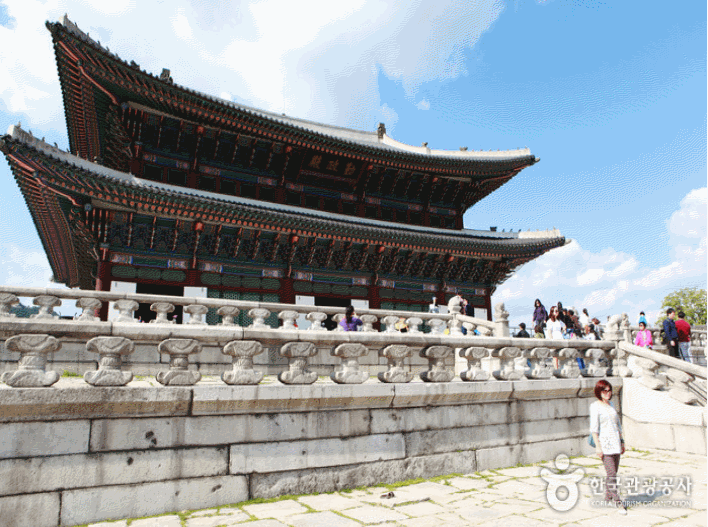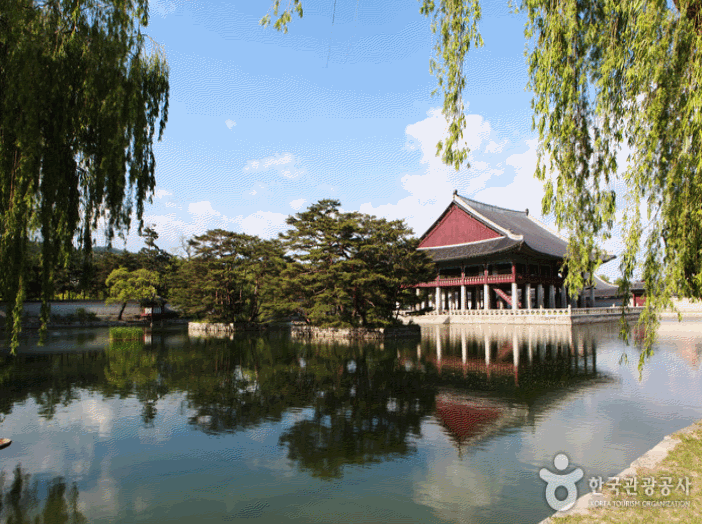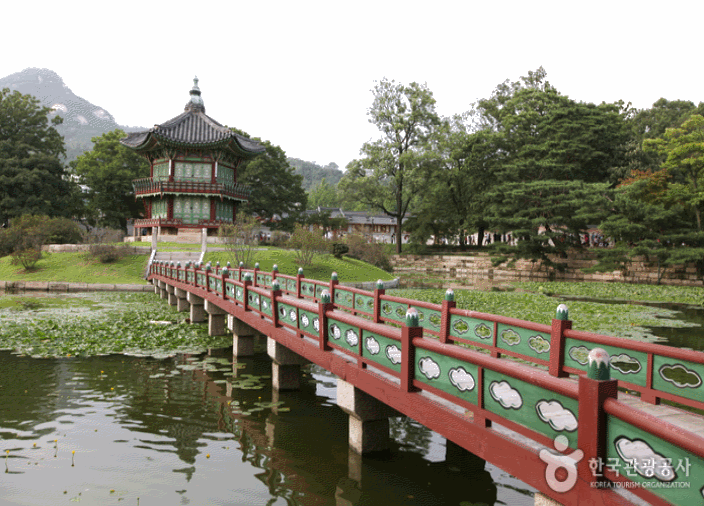Option A. Bukchon Hanok Village(북촌한옥마을)
Surrounded by Gyeongbokgung Palace, Changdeokgung Palace and Jongmyo Shrine, Bukchon Hanok Village is home to hundreds of traditional houses, called hanok, that date back to the Joseon Dynasty. The name Bukchon, which literally translates to "northern village," came about as the neighborhood lies north of two significant Seoul landmarks, Cheonggyecheon Stream and Jongno. Today, many of these hanoks operate as cultural centers, guesthouses, restaurants and tea houses, providing visitors with an opportunity to experience, learn and immerse in Korean traditional culture.
◈Address
37, Gyedong-gil, Jongno-gu, Seoul (서울특별시 종로구 계동길 37 (계동))
◈Homepage
bukchon.seoul.go.kr (Korean, English, Japanese, Chinese)
http://english.visitkorea.or.kr/enu/ATR/SI_EN_3_1_1_1.jsp?cid=561382
(Korean, English, Japanese, Chinese, Espanol, Francais, Deutsch)
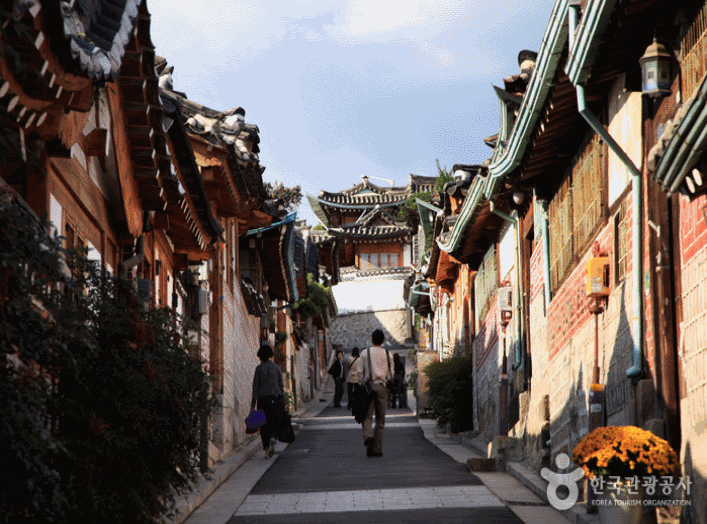
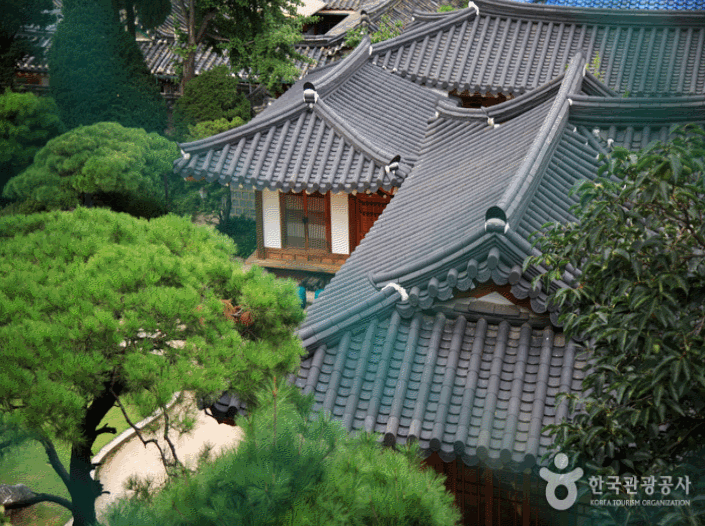
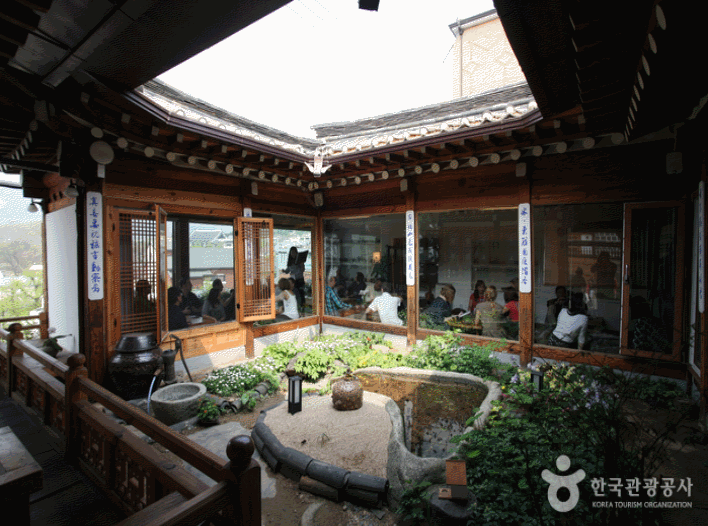
Option B. Gyeongbokgung Palace (경복궁)
Built in 1395, Gyeongbokgung Palace is also commonly referred to as the Northern Palace because its location is furthest north when compared to the neighboring palaces of Changdeokgung (Eastern Palace) and Gyeonghuigung (Western Palace) Palace. Gyeongbokgung Palace is arguably the most beautiful, and remains the largest of all five palaces.
The premises were once destroyed by fire during the Imjin War (Japanese Invasions, 1592-1598). However, all of the palace buildings were later restored under the leadership of Heungseondaewongun during the reign of King Gojong (1852-1919).
Remarkably, the most representative edifices of the Joseon Dynasty, Gyeonghoeru Pavilion and Hyangwonjeong Pond, have remained relatively intact. Woldae and the sculptures of Geunjeongjeon (The Royal Audience Chamber) represent past sculptures of contemporary art.
The National Palace Museum of Korea is located south of Heungnyemun Gate, and the National Folk Museum is located on the eastern side within Hyangwonjeong.
◈Address
161, Sajik-ro, Jongno-gu, Seoul (서울특별시 종로구 사직로 161 (세종로))
◈Homepage
royalpalace.go.kr (Korean, English)
http://english.visitkorea.or.kr/enu/ATR/SI_EN_3_1_1_1.jsp?cid=264337
(Korean, English, Japanese, Chinese, Espanol, Francais, Deutsch)
